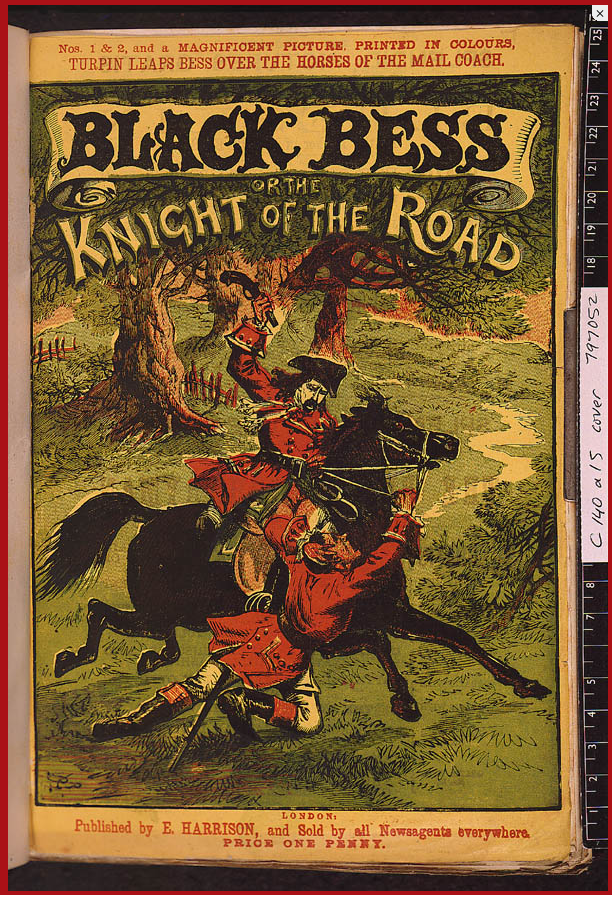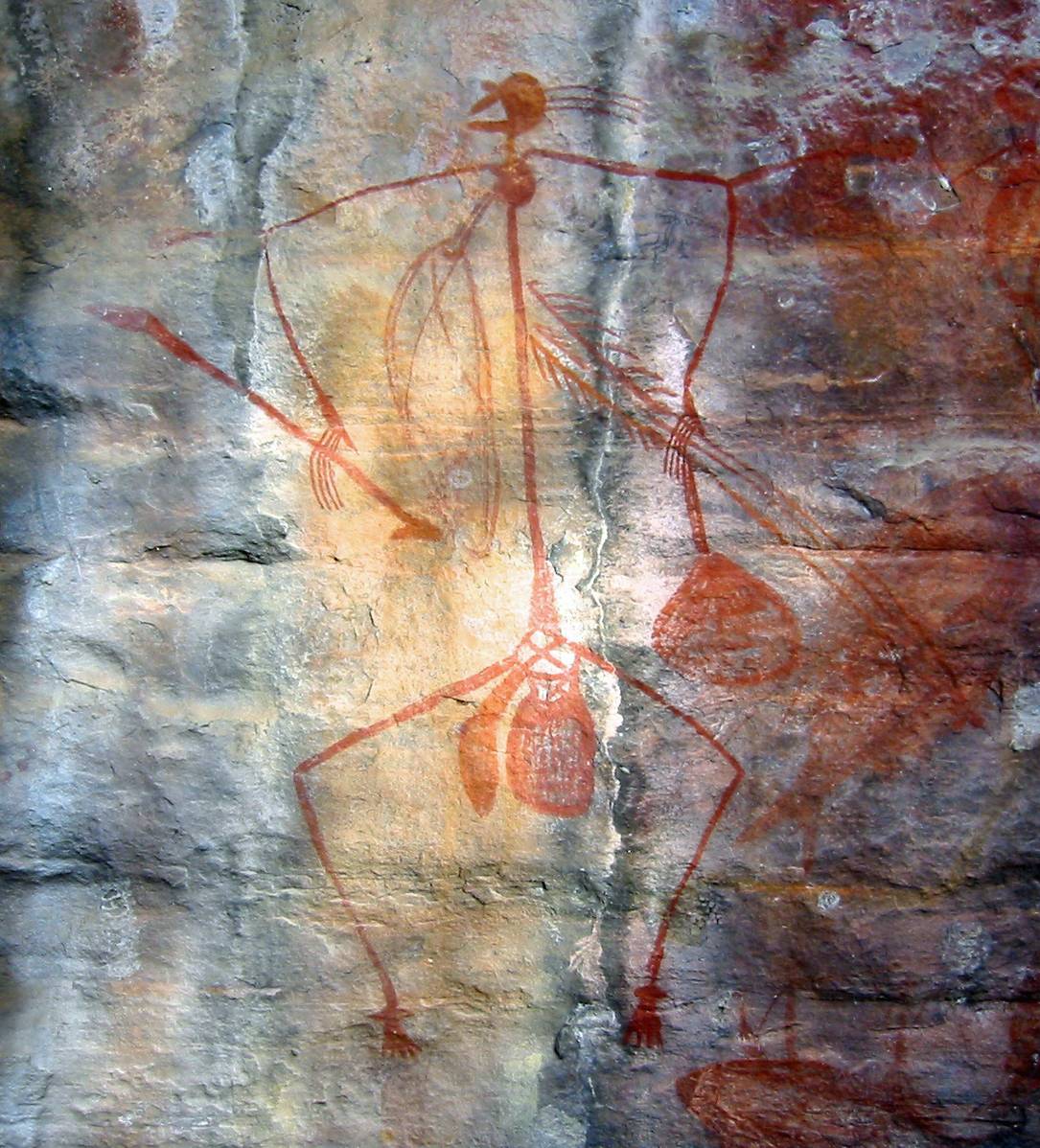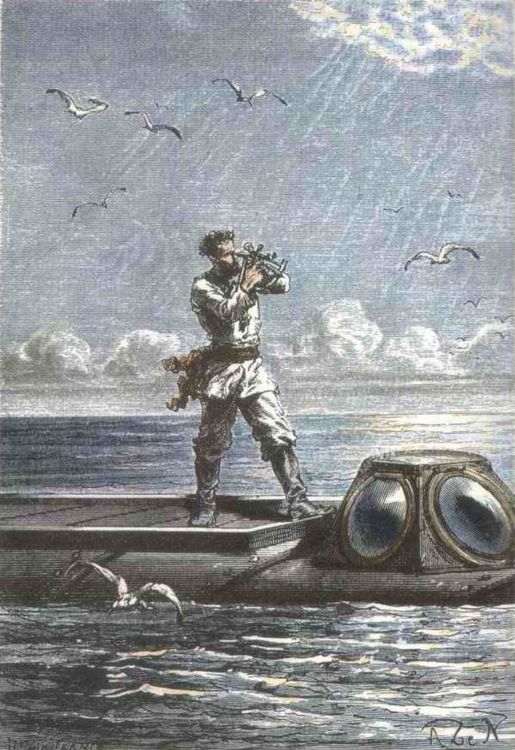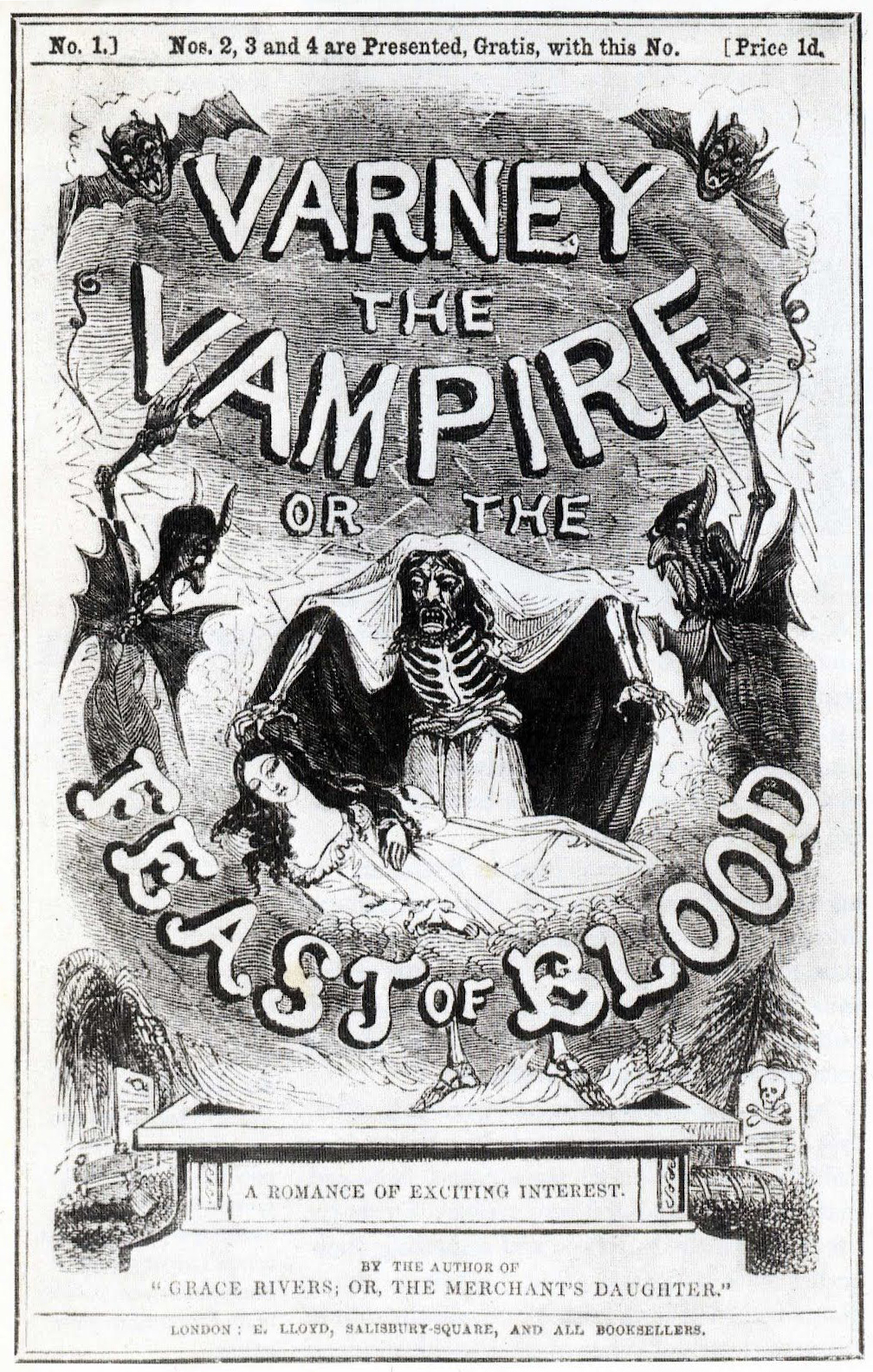|
Broad Arrow Jack
''Broad Arrow Jack'' is a penny dreadful written by E. Harcourt Burrage in 1866. Plot summary ''Broad Arrow Jack'' follows the story of John Ashleigh, nicknamed Broad Arrow Jack on account of an arrow brand on his back. The story begins with Jack falling on hard times in colonial Australia, becoming a notorious outlaw and eventually in England married to a wealthy aristocrat. In Modern Popular Culture * In ''The League of Extraordinary Gentlemen'' by Alan Moore and Kevin O'Neill (comics), Kevin O'Neill, ''Broad Arrow Jack'' appears as a crew member on Captain Nemo's ''Nautilus (Verne), The Nautilus''. References {{Reflist 1866 novels Penny dreadfuls Novels set in Australia ... [...More Info...] [...Related Items...] OR: [Wikipedia] [Google] [Baidu] |
Penny Dreadful
Penny dreadfuls were cheap popular serial literature produced during the nineteenth century in the United Kingdom. The pejorative term is roughly interchangeable with penny horrible, penny awful, and penny blood. The term typically referred to a story published in weekly parts of 8 to 16 pages, each costing one penny. The subject matter of these stories was typically sensational, focusing on the exploits of detectives, criminals, or supernatural entities. First published in the 1830s, penny dreadfuls featured characters such as Sweeney Todd, Dick Turpin, Varney the Vampire, and Spring-heeled Jack. The BBC called penny dreadfuls "a 19th-century British publishing phenomenon". By the 1850s, there were up to a hundred publishers of penny-fiction, and in the 1860s and 1870s more than a million boys' periodicals were sold a week. ''The Guardian'' described penny dreadfuls as "Britain's first taste of mass-produced popular culture for the young", and "the Victorian equivalent of vi ... [...More Info...] [...Related Items...] OR: [Wikipedia] [Google] [Baidu] |
Colonial Australia
The history of Australia is the story of the land and peoples of the continent of Australia. People first arrived on the Australian mainland by sea from Maritime Southeast Asia between 50,000 and 65,000 years ago, and penetrated to all parts of the continent, from the rainforests in the north, the deserts of the centre, and the sub-Antarctic islands of Tasmania and Bass Strait. The artistic, musical and spiritual traditions they established are among the longest surviving such traditions in human history. The first Torres Strait Islanders – ethnically and culturally distinct from the Aboriginal people – arrived from what is now Papua New Guinea around 2,500 years ago, and settled in the islands of the Torres Strait and the Cape York Peninsula forming the northern tip of the Australian landmass. The first known landing in Australia by Europeans was in 1606 by Dutch navigator Willem Janszoon. Later that year, Spanish explorer Luís Vaz de Torres sailed through, and navi ... [...More Info...] [...Related Items...] OR: [Wikipedia] [Google] [Baidu] |
The League Of Extraordinary Gentlemen
''The League of Extraordinary Gentlemen'' (''LoEG'') is a comic book series (inspired by the 1960 British film ''The League of Gentlemen'') co-created by writer Alan Moore and artist Kevin O'Neill which began in 1999. The series spans four volumes, an original graphic novel, and a spin-off trilogy of graphic novella. '' Volume I'' and '' Volume II'' (released as two six-issue limited series) and the graphic novel '' Black Dossier'' were published by the America's Best Comics imprint of DC Comics. After leaving the America's Best imprint, the series moved to Top Shelf and Knockabout Comics, which published '' Volume III: Century'' (released as three graphic novella), the '' Nemo Trilogy'' (a spin-off of three graphic novella centered on the character of Nemo), and '' Volume IV: The Tempest'' (originally released as a six-issue limited series). According to Moore, the concept behind the series was initially a "Justice League of Victorian England" but he quickly developed it as an o ... [...More Info...] [...Related Items...] OR: [Wikipedia] [Google] [Baidu] |
Alan Moore
Alan Moore (born 18 November 1953) is an English author known primarily for his work in comic books including ''Watchmen'', ''V for Vendetta'', ''The Ballad of Halo Jones'', ''Swamp Thing'', ''Batman:'' ''The Killing Joke'', and ''From Hell''. He is widely recognised among his peers and critics as one of the best comic book writers in the English language. Moore has occasionally used such pseudonyms as Curt Vile, Jill de Ray, Brilburn Logue, and Translucia Baboon; also, reprints of some of his work have been credited to The Original Writer when Moore requested that his name be removed. Moore started writing for British underground and alternative fanzines in the late 1970s before achieving success publishing comic strips in such magazines as '' 2000 AD'' and ''Warrior''. He was subsequently picked up by DC Comics as "the first comics writer living in Britain to do prominent work in America", where he worked on major characters such as Batman ('' Batman: The Killing Joke'') ... [...More Info...] [...Related Items...] OR: [Wikipedia] [Google] [Baidu] |
Kevin O'Neill (comics)
Kevin O'Neill ( – 3 November 2022) was an English comic book illustrator who was the co-creator of ''Nemesis the Warlock'', ''Marshal Law'' (with writer Pat Mills), and ''The League of Extraordinary Gentlemen'' (with Alan Moore). Career Early career O'Neill began working for the publishing company IPC at the age of 16 as an office boy for '' Buster'', which was a children's humour title. In 1975 he started publishing, as a personal side project, the fanzine ''Just Imagine: The Journal of Film and Television Special Effects'' which lasted five regular issues and one special issue through 1978. By 1976 he was working as a colourist on Disney comics reprints and British children's comics such as ''Monster Fun'' and ''Whizzer and Chips''. Tired of working on children's humour titles, he heard that a new science fiction title was being put together at IPC and went to see Pat Mills and asked to be transferred to the new comic which was to be called '' 2000 AD''. ''2000 AD'' O' ... [...More Info...] [...Related Items...] OR: [Wikipedia] [Google] [Baidu] |
Captain Nemo
Captain Nemo (; later identified as an Indian, Prince Dakkar) is a fictional character created by the French novelist Jules Verne (1828–1905). Nemo appears in two of Verne's science-fiction classics, ''Twenty Thousand Leagues Under the Seas'' (1870) and ''The Mysterious Island'' (1875). He also makes a brief appearance in a play written by Verne with the collaboration of Adolphe d'Ennery, '' Journey Through the Impossible'' (1882). Nemo is a mysterious figure. Though originally of unknown nationality, he is later described as the son of an Indian raja. A scientific visionary, he roams the depths of the seas in his submarine, the ''Nautilus'', which was assembled from parts manufactured in several different countries, then shipped to a cover address. The captain is consumed by a hunger for vengeance and hatred of imperialism; the British Empire is ultimately revealed as his main antagonist. Nemo has appeared in various film adaptations of Verne's novels, where he has been portra ... [...More Info...] [...Related Items...] OR: [Wikipedia] [Google] [Baidu] |
Nautilus (Verne)
''Nautilus'' is the fictional submarine belonging to Captain Nemo featured in Jules Verne's novels ''Twenty Thousand Leagues Under the Sea'' (1870) and ''The Mysterious Island'' (1874). Verne named the ''Nautilus'' after Robert Fulton's real-life submarine ''Nautilus'' (1800). For the design of the ''Nautilus'' Verne was inspired by the French Navy submarine ''Plongeur'', a model of which he had seen at the 1867 Exposition Universelle, three years before writing his novel. Description ''Nautilus'' is described by Verne as "a masterpiece containing masterpieces". It is designed and commanded by Captain Nemo. Electricity provided by sodium/mercury batteries (with the sodium provided by extraction from seawater) is the craft's primary power source for propulsion and other services. The energy needed to extract the sodium is provided by coal mined from the sea floor. ''Nautilus'' is double-hulled, and is further separated into water-tight compartments. Its top speed is . I ... [...More Info...] [...Related Items...] OR: [Wikipedia] [Google] [Baidu] |
1866 Novels
Events January–March * January 1 ** Fisk University, a historically black university, is established in Nashville, Tennessee. ** The last issue of the abolitionist magazine ''The Liberator'' is published. * January 6 – Ottoman troops clash with supporters of Maronite leader Youssef Bey Karam, at St. Doumit in Lebanon; the Ottomans are defeated. * January 12 ** The '' Royal Aeronautical Society'' is formed as ''The Aeronautical Society of Great Britain'' in London, the world's oldest such society. ** British auxiliary steamer sinks in a storm in the Bay of Biscay, on passage from the Thames to Australia, with the loss of 244 people, and only 19 survivors. * January 18 – Wesley College, Melbourne, is established. * January 26 – Volcanic eruption in the Santorini caldera begins. * February 7 – Battle of Abtao: A Spanish naval squadron fights a combined Peruvian-Chilean fleet, at the island of Abtao, in the Chiloé Archipelago of southern Chile. * February 13 ... [...More Info...] [...Related Items...] OR: [Wikipedia] [Google] [Baidu] |
Penny Dreadfuls
Penny dreadfuls were cheap popular serial literature produced during the nineteenth century in the United Kingdom. The pejorative term is roughly interchangeable with penny horrible, penny awful, and penny blood. The term typically referred to a story published in weekly parts of 8 to 16 pages, each costing one penny. The subject matter of these stories was typically sensational, focusing on the exploits of detectives, criminals, or supernatural entities. First published in the 1830s, penny dreadfuls featured characters such as Sweeney Todd, Dick Turpin, Varney the Vampire, and Spring-heeled Jack. The BBC called penny dreadfuls "a 19th-century British publishing phenomenon". By the 1850s, there were up to a hundred publishers of penny-fiction, and in the 1860s and 1870s more than a million boys' periodicals were sold a week. ''The Guardian'' described penny dreadfuls as "Britain's first taste of mass-produced popular culture for the young", and "the Victorian equivalent of v ... [...More Info...] [...Related Items...] OR: [Wikipedia] [Google] [Baidu] |






